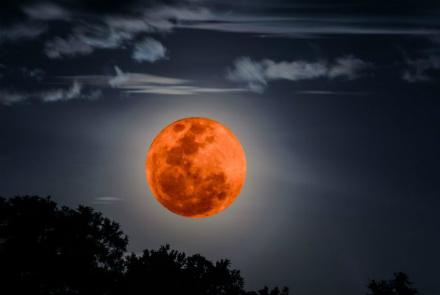A blood-red moon dazzled star gazers across much of the world on Friday when it moved into Earth’s shadow for the longest lunar eclipse of the 21st Century.
From the Cape of Good Hope to the Middle East, and from the Kremlin to Sydney Harbour, and Afghanistan, hundreds of thousands of people turned their eyes to the stars to watch the moon, which turned dark before shining orange, brown and crimson in the shadow.
The total eclipse lasted 1 hour, 42 minutes and 57 seconds.
The fullest eclipse was visible from Europe, Russia, Africa, the Middle East, and much of Asia and Australia though clouds blocked out the moon in some places.
The eclipse will not be visible from North America or most of the Pacific.
Reuters charted the eclipse from across the world, capturing a shimmering orange and red moon above many cities.
When the moon moved into the conical shadow of the earth, it went from being illuminated by the sun to being dark. Some light, though, still reaches it because it is bent by the Earth’s atmosphere.
“It’s called a blood moon because the light from the sun goes through the Earth’s atmosphere on its way to the moon, and the Earth’s atmosphere turns it red in the same way that when the sun goes down it goes red,” Andrew Fabian, professor of astronomy at the University of Cambridge, told Reuters.
At the same time, Mars is traveling closer to Earth than it has done since 2003, so some observers may see what looks like an orange-red star - and is in fact the red planet.
“It is a very unusual coincidence to have a total lunar eclipse and Mars at opposition on the same night,” said Robert Massey, deputy executive director of the Royal Astronomical Society, who watched the eclipse from the Mediterranean Sea.


